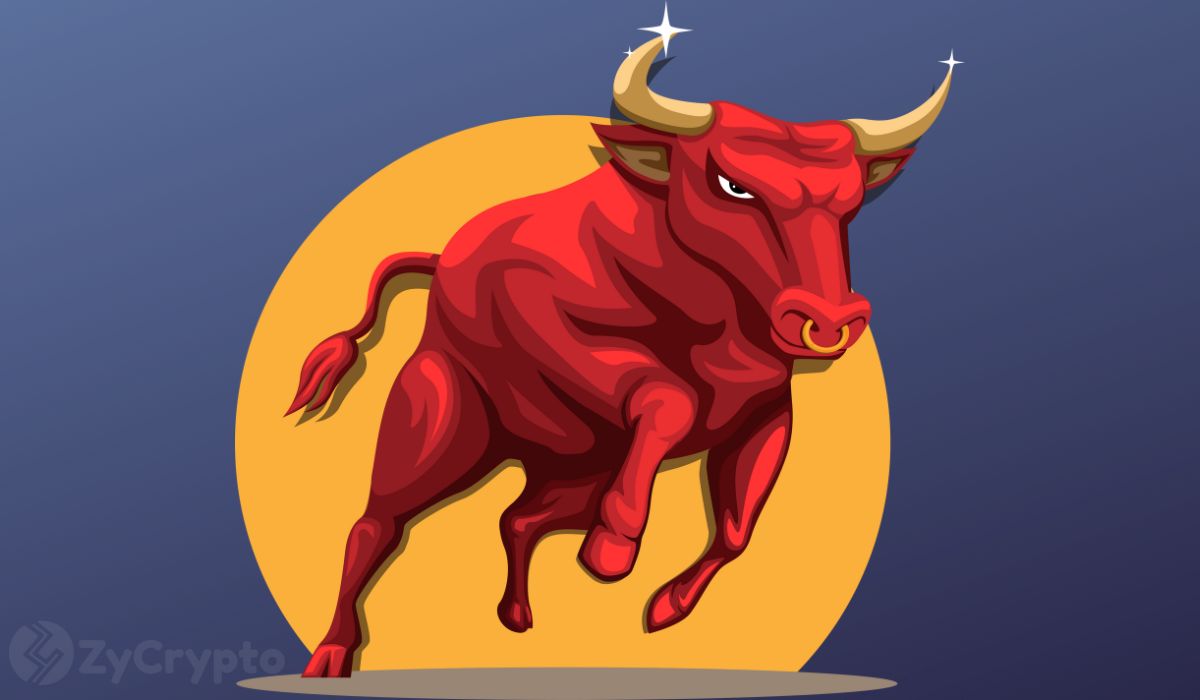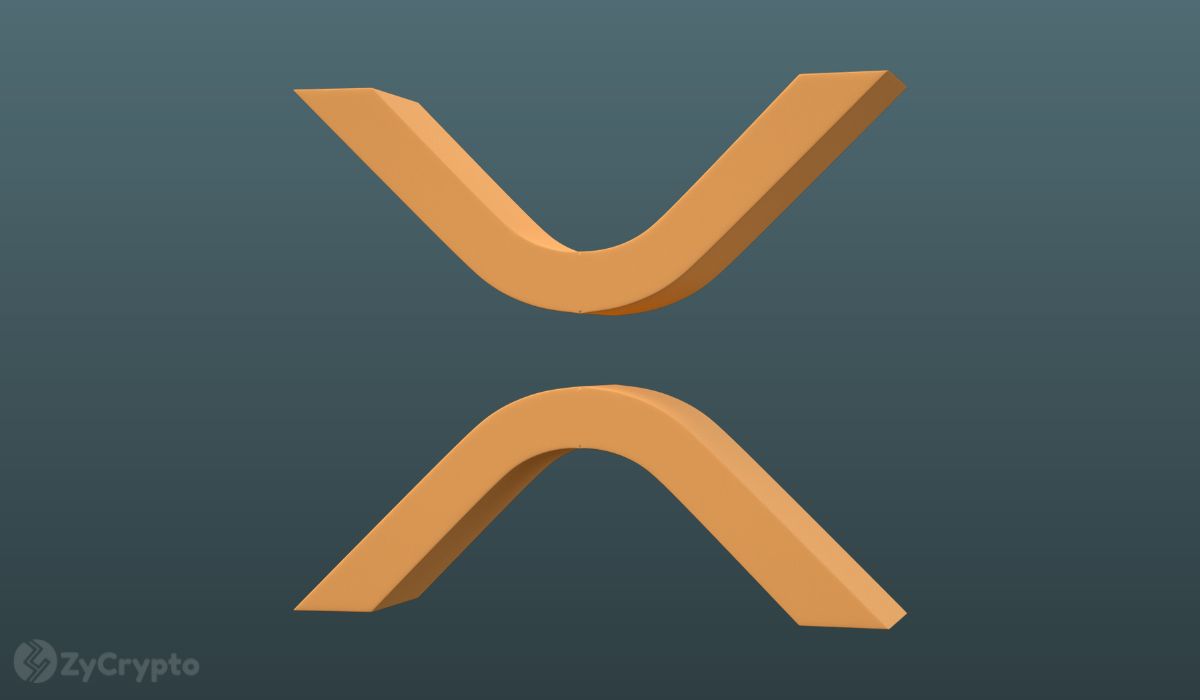ARTICLE AD BOX

There is one common factor between the Bitcoin halving event and the leap year – both happen every four years. The first Bitcoin halving event took place on November 28, 2012, and set the course for Bitcoin price surge in the following months. Even though the Bitcoin price was just around $13, it increased significantly after around one year.
Bitcoin Halving Overview
Satoshi Nakamoto, the creator of Bitcoin, set some predefined rules at the time of developing the Bitcoin blockchain. And, Bitcoin halving is the crucial one among them to achieve limited token supply.
As per the conditions that are hard-coded into the Bitcoin blockchain, halving events take place every four years and for every 210,000 blocks. It reduces the mining block reward by half, making it the Bitcoin halving event. Likewise, the halving event gradually reduces Bitcoin block reward, which in turn reduces the number of Bitcoins that come into circulation. Finally, the block reward reduces to zero when Bitcoin achieves its 21 million token supply.
Fiat currencies as we know today suffer from inflation. The unlimited amount of supply is decreasing the fiat currency value in the current times. But when it comes to Bitcoin, it has a limited supply of 21 million and there is no way of reducing or increasing the token supply. And, when the demand of Bitcoin rises, its value increases to a large extent. Overall, the halving event rescues Bitcoin from inflation.
The First Bitcoin Halving
The genesis block of Bitcoin was developed on Jan 3, 2009. After approximately four years and 210,000 blocks, the first Bitcoin halving happened on November 28, 2012. The block reward was reduced from 50 BTC to 25 BTC after the first Bitcoin halving event and the mining difficulty got adjusted accordingly.
The initial block reward of Bitcoin is 50 BTC. Block reward is the amount of BTC that is given to a miner who successfully verifies the transactions on the network and adds a new block.
What Happened to Bitcoin Price after First Halving?
Being the first-ever cryptocurrency, Bitcoin was not known to many investors when it was first launched. The initial price of Bitcoin was very low and almost close to zero dollars. As the awareness about Bitcoin spread and people started investing in it, Bitcoin’s price gradually increased in the first four years.
The Bitcoin price was trading at around $13 when the first Bitcoin halving event occurred on November 28, 2012. After approximately 12 months, Bitcoin price increased significantly and went to as high as $1,000. Even though the halving event played an important role in this price surge, it is not the only reason behind its price rise.
The first halving event broadcasted and highlighted the limited supply and potential of future price rise. Adding to that, the spreading awareness of digital currencies also drew investors to Bitcoin. As a result, Bitcoin price increased multifold following several months of the first halving event.
Final Words
The first Bitcoin halving event impacted the Bitcoin price in a positive manner and led to its first all-time high value. Similar to that, the second and third bitcoin halving events, that took place in 2016 and 2020 respectively, also caused its price surge in the following months.
The upcoming Bitcoin halving event is going to take place in April 2021 and it is going to reduce the current 6.25 block reward to 3.125 BTC. Similar to the previous halving events, the Bitcoin price is expected to go up after the upcoming halving event.
The post What Happened to Bitcoin Price After First Halving? appeared first on CoinGape.
.png)
 1 year ago
84
1 year ago
84








 English (US)
English (US)